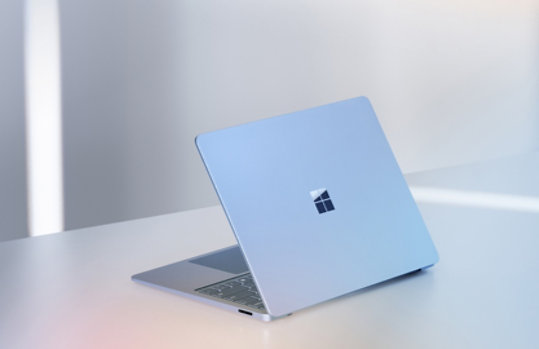
Accelerating progress towards zero waste
Five years ago, we announced our goal to achieve zero waste across our direct operations, products, and packaging by 2030. Today, our progress underscores the necessity of a circular economy to address climate change, biodiversity loss, and pollution, reflecting our commitment to preserving our planet’s finite resources.
Our circular economy approach
As a company that manufactures devices, builds campuses and datacenters, and uses manufactured goods across our operations, we recognize the need to implement circular economy principles across the full life cycle of materials. We built our circular economy framework around three pillars: Reduce, Reuse, and Recover. This model, which targets waste prevention first, then focuses on the reuse and recovery of materials, is central to achieving our 2030 commitment.
Our pillars in practice
Increasing use of recycled content in Surface Copilot+ PCs
Show more


Designing for repairability with Surface & Xbox
Show more
Improving reuse and recycling of electronics
Show more

Scaling for greater impact

Advocate for circular policies
Invest for impact
Collaborate on measurement
More about accelerating sustainability

Empowering local water solutions

5 innovations for our sustainable future

Our sustainability journey and progress
-
Replacement components available through online Microsoft Store and iFixit for out-of-warranty repair. Components can be replaced by individuals with the knowledge and experience to repair electronic devices following Microsoft’s Service Guide. Microsoft tools (sold separately) may also be required. Availability of replacement components and service options may vary by product, market and over time. See [Self-repair information for your Surface device - Microsoft Support]. Opening and/or repairing a device can present electric shock, device damage, fire and personal injury risk, and other hazards. Use caution if undertaking self-service repairs. Unless required by law, damage caused during repair is not covered under Microsoft’s Limited Hardware Warranty or protection plans.



